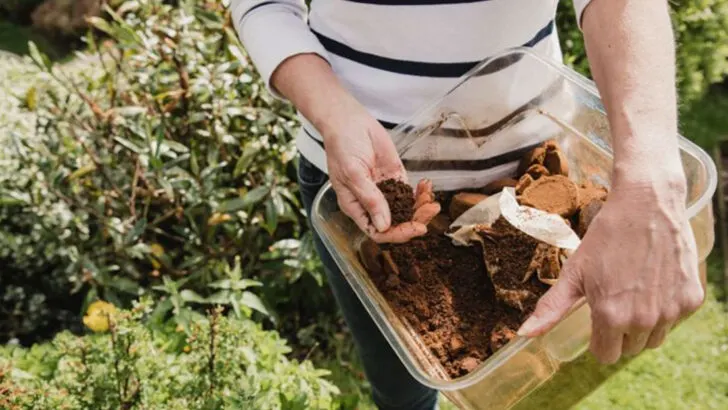Gardening can sometimes feel like an expensive hobby, especially when costly mistakes sneak in and set you back. From buying the wrong tools to overpaying for plants that don’t thrive, many gardeners unintentionally waste money without realizing it. But the good news is, you don’t need to break the bank to have a beautiful, productive garden.
In this article, we’ll highlight 6 expensive gardening mistakes that many people make — so you can avoid them before they cost you time and money. Then, we’ll share 9 cheap and clever gardening tricks that actually work, helping you save cash while boosting your garden’s health and beauty. These budget-friendly hacks prove you don’t need fancy gear or pricey products to succeed.
Whether you’re a seasoned gardener or just starting out, knowing where to spend wisely and where to cut corners can make all the difference. With the right tips, you can grow a thriving garden without draining your wallet — and enjoy every moment of it!
Overwatering Your Plants
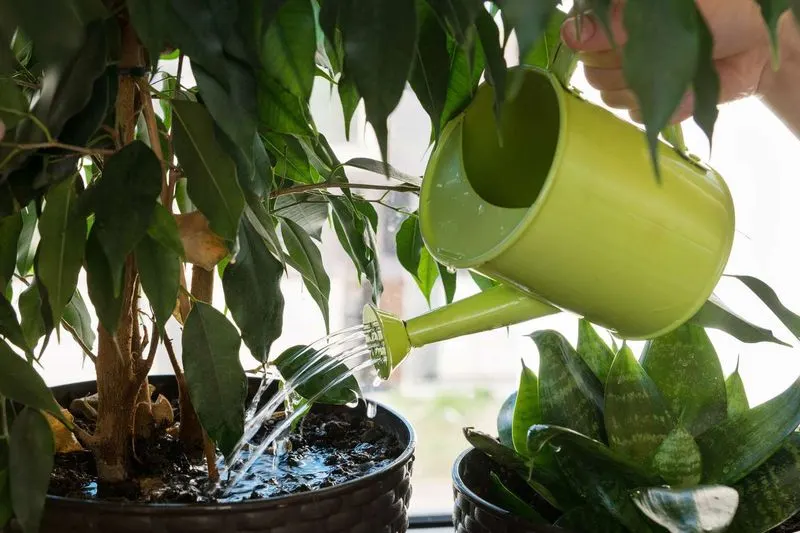
Drenching plants with water is a common misstep, often stemming from the belief that more is better. This can lead to root rot, a state where roots suffocate and decay due to excess moisture. A well-intentioned gesture turns detrimental.
Instead, discern your plant’s specific needs. Invest in a moisture meter to gauge when watering is truly necessary. This tool helps avoid the pitfall by providing accurate readings, ensuring roots remain healthy and dry. Embracing moderation not only preserves plant health but also conserves water.
Start small with daily checks and observe changes before adjusting habits.
Ignoring Soil Quality

Healthy soil is the foundation of any thriving garden. Overlooking its importance can stunt plant growth and invite pests. Many gardeners focus on plants, neglecting the ground beneath. This oversight can lead to lackluster blooms and poor yields.
Consider testing soil pH and nutrient levels. Simple kits are available that provide essential insights. A balanced mix of clay, silt, and sand ensures optimal drainage and nutrient retention.
Regularly amending with organic compost enriches soil fertility, promoting robust growth. Investing time in soil care sets the stage for vibrant, flourishing gardens.
Over-fertilizing Plants
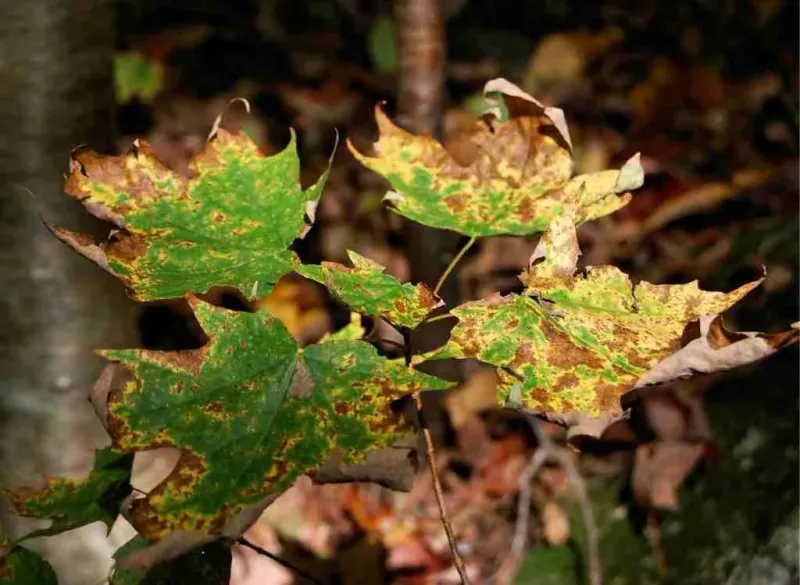
Excessive use of fertilizer can be more harmful than helpful, burning plant roots and causing unsightly foliage. While aiming for rapid growth, many gardeners inadvertently harm their plants.
Understanding the specific needs of your garden’s flora is crucial. Choose a balanced, slow-release fertilizer and follow label instructions closely. Regular soil testing can guide fertilization schedules, ensuring plants receive adequate nutrients without overload.
Gradual feeding supports long-term health and vitality, providing lush, resilient growth without the risk of fertilizer burn.
Buying Expensive Garden Tools
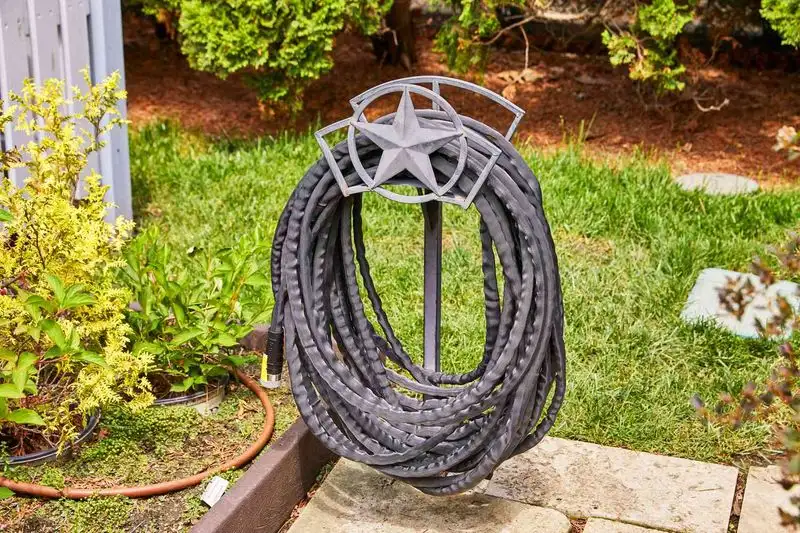
Investing in top-tier tools can be tempting, yet unnecessary for most garden tasks. High costs do not always translate to better performance. Many are lured by promises of advanced features.
Instead, prioritize quality over quantity. Opt for basic, dependable tools that suit your garden’s size and needs. Frequently, mid-range options offer the best balance of durability and price.
Remember, expert results come from skill, not gadgets. Sharpening and maintaining tools can extend their life, proving more cost-effective in the long run.
Planting Non-Native Species
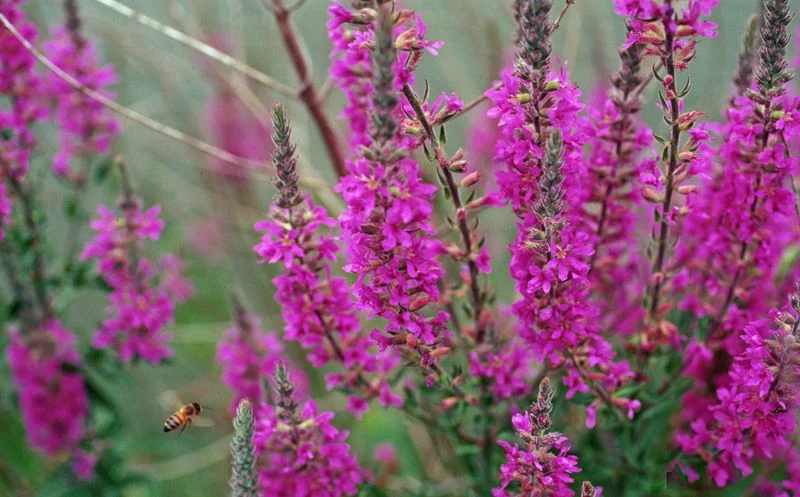
Enthusiasm for exotic plants can lead gardeners astray. These species often require specific conditions not easily replicated in local climates. The allure of rarity can overshadow practicality.
Local flora, adapted to regional environments, typically demands less care and thrives naturally. They offer resilience against pests and diseases common to the area. Research native species that complement your garden’s aesthetic and ecological balance.
Choosing local plants enhances biodiversity and sustains local wildlife, creating a harmonious ecosystem right in your backyard.
Neglecting Pest Control
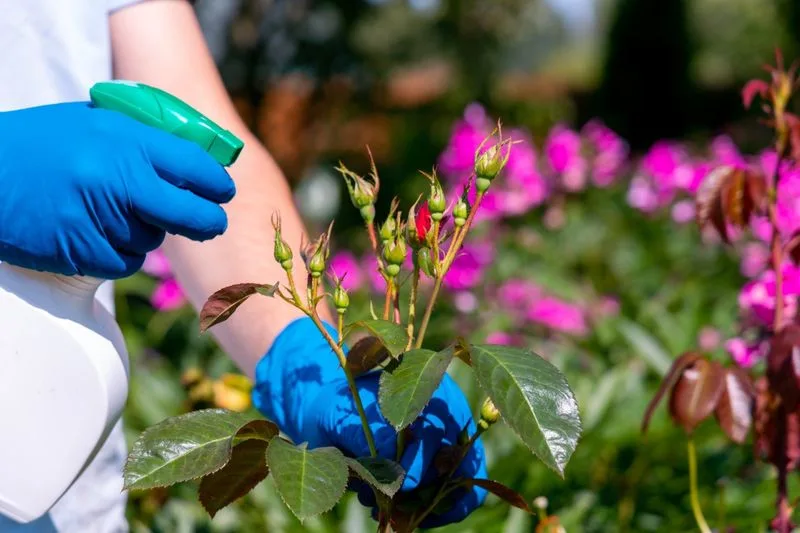
Ignoring pest management is a costly mistake that can devastate gardens. Pests, whether insects or larger creatures, can wreak havoc if unchecked. Early detection and regular monitoring are crucial.
Integrated Pest Management (IPM) offers a balanced approach. It combines biological control, habitat manipulation, and the use of resistant varieties. Natural predators like ladybugs can help control pest populations.
Regularly inspect plants for signs of trouble, and address issues promptly to prevent escalation. A proactive approach saves time and resources in the long haul.
Composting Kitchen Scraps
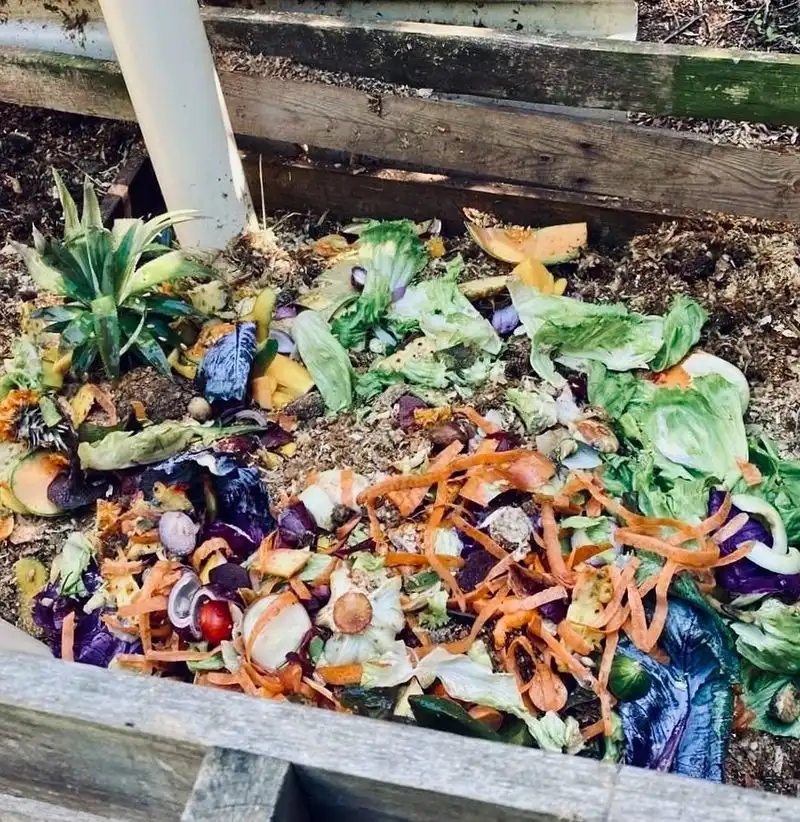
Turning kitchen scraps into compost is a frugal gardener’s delight. Not only does this reduce waste, but it also enriches soil naturally. A small effort yields substantial rewards.
Start with a simple bin or pile in a corner of your garden. Regularly add vegetable peels, coffee grounds, and eggshells. Mix in brown materials like dried leaves for balance.
Over time, decomposition transforms these scraps into nutrient-rich compost. Using this homemade fertilizer nourishes plants without the cost of commercial products, promoting sustainable gardening.
Using Recycled Containers
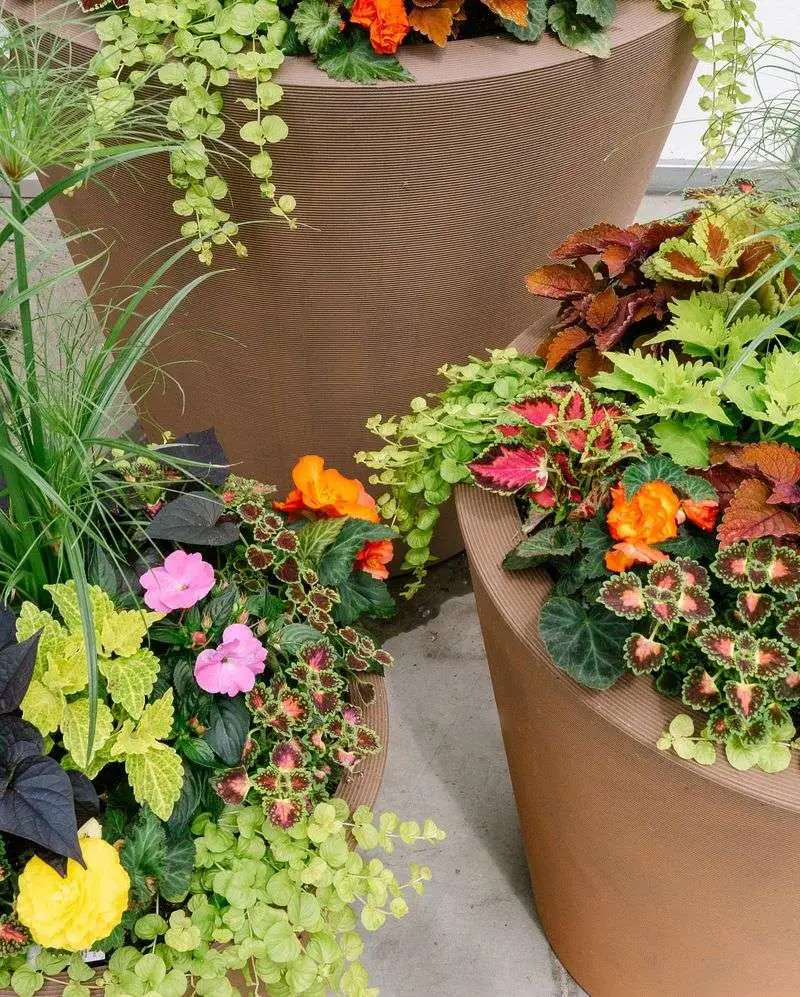
Repurposing items as planters is both eco-friendly and economical. Instead of purchasing expensive pots, use old buckets, cans, or even boots. This creative approach adds character to gardens.
Ensure containers have adequate drainage to prevent waterlogging. Drilling holes can easily remedy any shortcomings. Grouping different sizes and styles creates visual interest.
As a bonus, recycled containers often inspire unique plant combinations and arrangements. This thrifty trick reduces waste and infuses gardens with personality, proving that ingenuity is cost-effective.
DIY Plant Supports
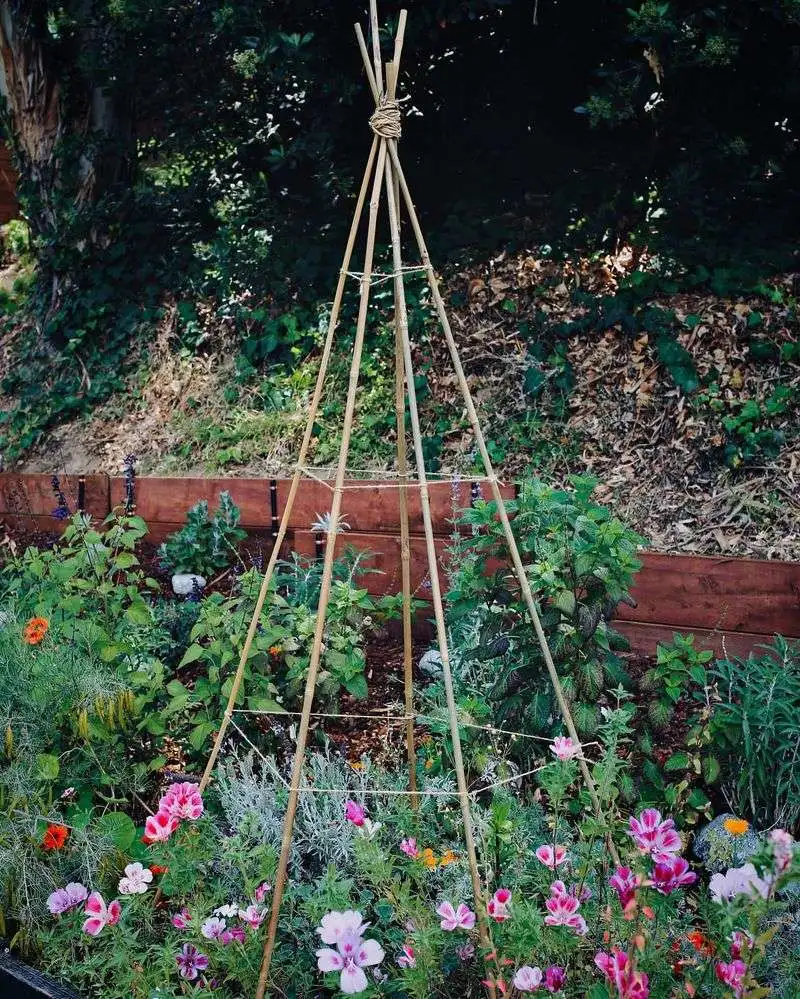
Crafting your own plant supports is a savvy way to save money and tailor solutions to your garden’s needs. Bamboo sticks, twine, or even old branches make excellent trellises and stakes.
Designs can be as simple or intricate as desired, offering support for climbing plants like tomatoes or beans. Personalizing structures ensures they fit perfectly within your garden layout.
Embrace creativity and resourcefulness, turning everyday materials into functional garden aids. This hands-on approach keeps costs low while addressing specific growing challenges effectively.
Mulching with Grass Clippings
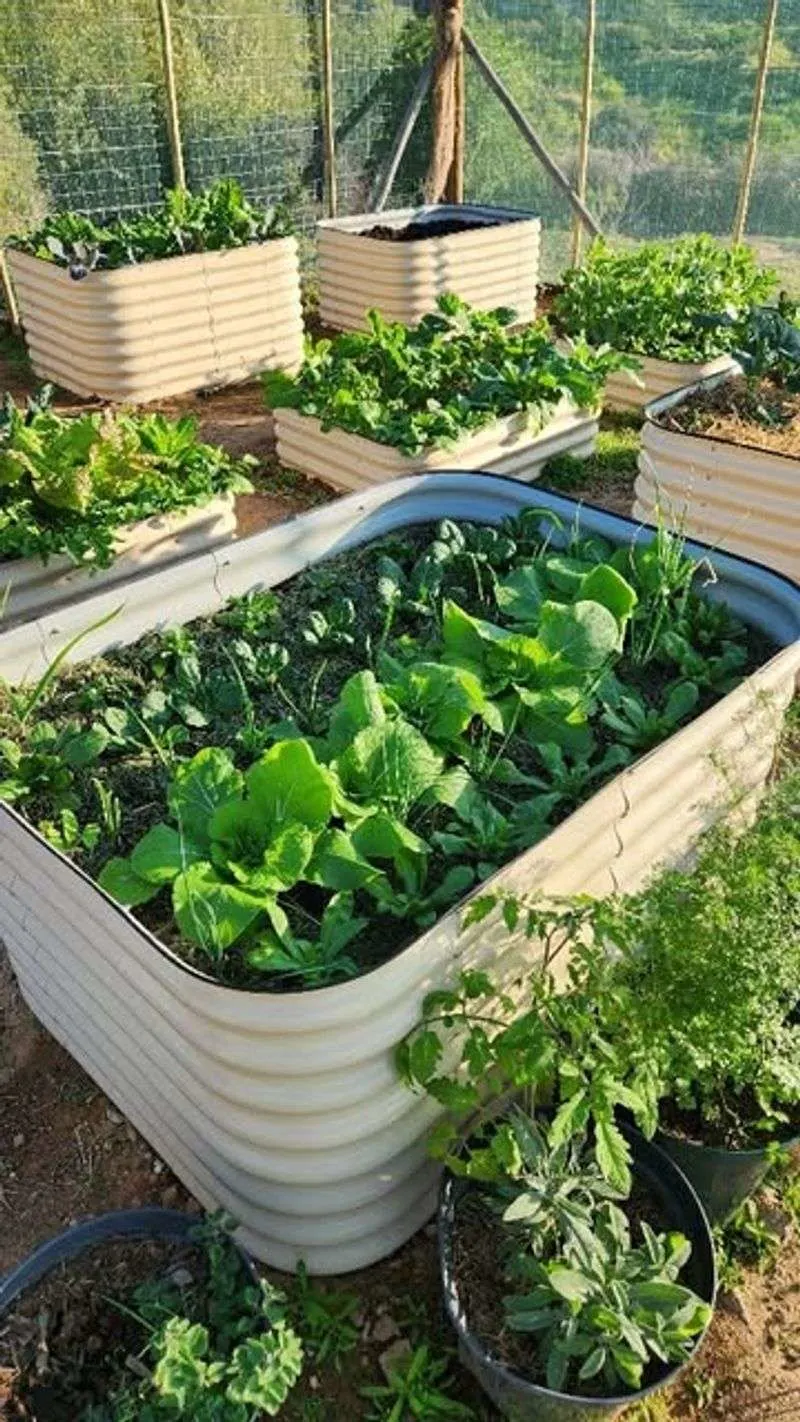
Grass clippings serve as an effective, low-cost mulch. They retain soil moisture, suppress weeds, and slowly decompose, enriching the soil. This multipurpose use maximizes garden resources.
Apply a thin layer around plants, ensuring it doesn’t smother them. Mixing with other mulches can enhance performance and appearance. Consistent application throughout the growing season provides continuous benefits.
Utilizing grass clippings reduces the need for purchased mulch, offering an eco-friendly and budget-conscious alternative. This practical method supports healthy garden ecosystems naturally.
Growing Herbs Indoors
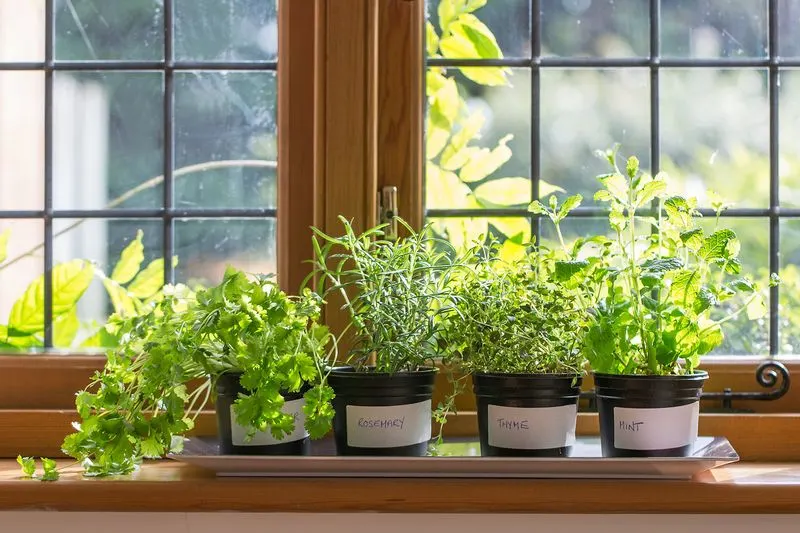
Cultivating herbs indoors is a cost-effective way to enjoy fresh flavors year-round. Windowsills become miniature gardens, adding greenery and fragrance to living spaces.
Start with easy-to-grow varieties like basil, rosemary, or mint. Use small pots with good drainage, placing them in sunny spots. Regularly trim to encourage bushy growth and prevent legginess.
This indoor gardening trick not only saves money on store-bought herbs but also ensures a fresh supply at your fingertips. It brings the joy of gardening into the heart of the home.
Using Coffee Grounds as Fertilizer
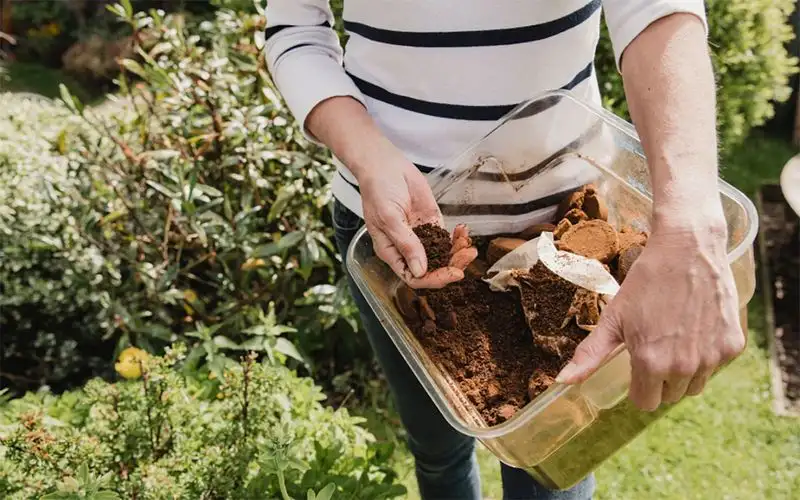
Coffee grounds provide valuable nutrients and improve soil texture, making them a gardener’s secret weapon. Rich in nitrogen, they’re perfect for acid-loving plants like roses and azaleas.
Scatter grounds thinly to avoid clumping and mix into the topsoil. Their slow release nourishes plants without overwhelming them, promoting healthy growth.
Additionally, coffee grounds can deter pests and attract earthworms, enhancing soil quality. This sustainable practice utilizes waste efficiently, reducing the need for costly fertilizers while supporting vibrant gardens.
Saving Seeds from Vegetables
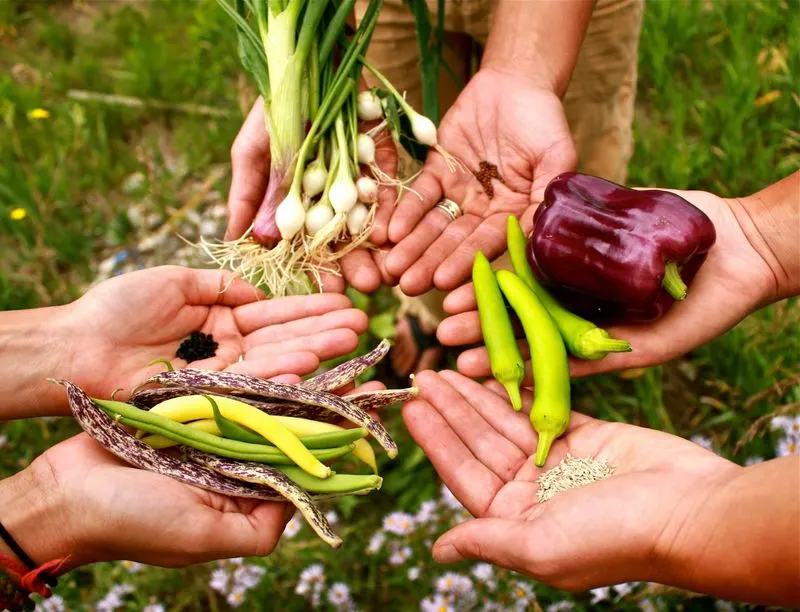
Harvesting seeds from existing plants ensures a steady, cost-free supply for future planting. This method connects gardeners with the full life cycle of their plants.
Allow vegetables to mature fully before collecting seeds. Dry them thoroughly and store in labeled envelopes in a cool, dry place. This practice preserves unique plant traits and cultivates a personal seed bank.
Saving seeds encourages sustainability and self-sufficiency, reducing dependence on commercial seed packets. It’s a rewarding way to perpetuate a garden’s legacy through seasons.
Utilizing Rainwater Collection
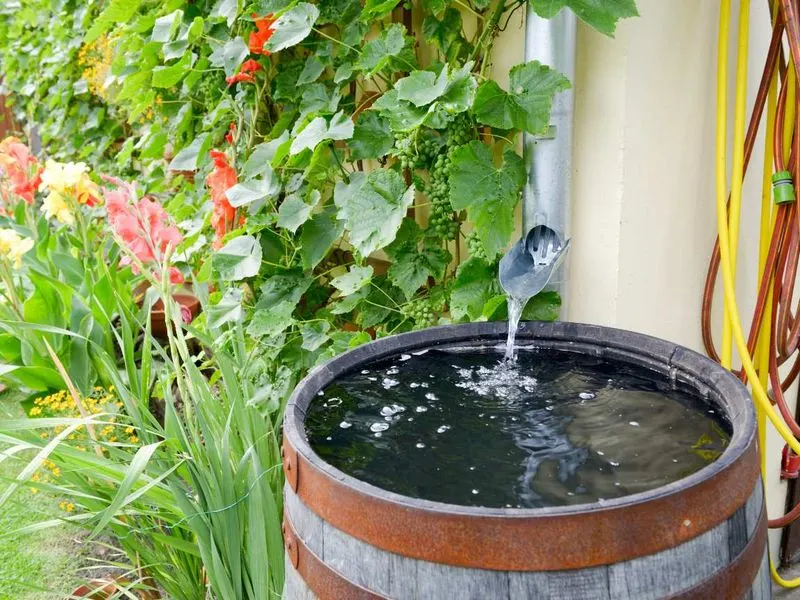
Capturing rainwater is an environmentally friendly way to reduce water bills and nourish plants. Rain barrels or similar systems collect runoff from roofs, directing it for garden use.
Position barrels under downspouts for optimal efficiency. Use collected water for non-potable purposes like watering gardens and lawns. This method conserves municipal water supplies and ensures plants receive natural hydration.
Implementing rainwater collection aligns with sustainable practices, offering a free, abundant resource that supports thriving gardens.

